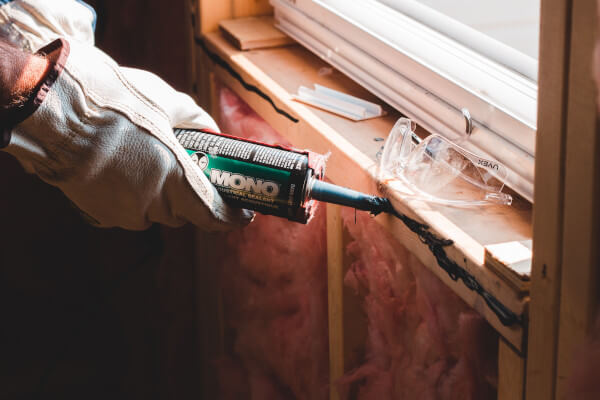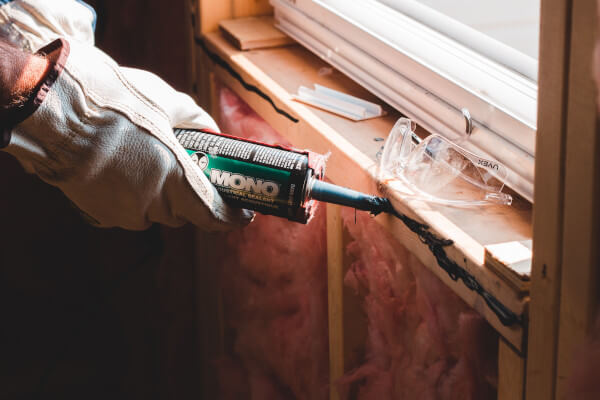How to Strip Wire

>

iStock
As a DIYer, you know there are plenty of tasks around the house that are too small to justify calling in the pros. Stripping wire may fall into this category. Read on to learn simple and safe ways for stripping electrical wires in your home.
You could be replacing a light switch, putting a new plug on an extension cord, hanging a chandelier in the dining room, or repairing a lamp. There is one tool for electrical work that is indispensable and belongs in every toolbox, and that‘s a wire stripping tool.
What You Need to Strip Wire
A true multi-tool, wire strippers are essentially spring-loaded pliers that have different-sized notches cut into their jaws. Their main function is to cut and remove the plastic insulation from solid or stranded copper electrical wire without cutting the wire itself, so that the wire can be attached to a terminal or wire-nutted to another wire.
They can also be used to cut, bend, and pull wire. Many models can even cut to length the small screws used to secure outlets and switches into electrical workboxes while preserving the screws’ threads.
Take a stroll through your local hardware or big-box store and you’ll find basic wire strippers as well as more specialized models that also crimp terminals, strip the insulation from coaxial cable, and even cut and remove the waste insulation in one motion.
Choosing a Wire-Stripping Tool
To pick the stripper that’s right, you should know the AWG (American Wire Gauge) size of the wire you’ll be working with.
The AWG numbers increase as the wire gauge gets smaller. Most strippers are made to handle a specific span of wire gauges—10-18 AWG for solid wire and 12-20 AWG for stranded wire, for instance.
Common household wiring, known as NM cable, a.k.a. Romex, is usually composed of AWG 14- or AWG 12-insulated solid copper conductors in the plastic sheathing. The two-conductor wire used for light-duty extension cords, or power cords for lamps and other light-duty appliances, is often referred to as lamp cord and is made from stranded, rather than solid, copper wire, typically a smaller 16 or 18 AWG.
The individual strands that make up each conductor are thin and easily cut or broken, so it’s important not to cut beyond the insulation when stripping.
How to Strip Wire
Removing the Jacket and Insulation
To strip NM cable, first, you have to cut away the outer jacket to access the conductors. It’s important not to cut or nick the conductors beneath the jacket, but there’s a tool called a L’il Ripper Stripper that cuts the jacket without damaging the conductors. Another ingenious multi-function tool, it’s also designed to tighten twist-on wire connectors (popularly known as wire nuts) and to twist and loop wire—and it only costs about five bucks. You can also use a utility knife to cut the jacket, but again, you have to be careful not to nick the conductors’ insulation. Place the cable on a flat surface and cut carefully along the length of and between the conductors to expose the required length of the conductor. Pull the jacket away from the conductors and cut it off. Once the jacket is removed, determine the length of insulation you want to remove. (For most applications, about 1 inch is adequate.)Insert a conductor into the proper-sized notch in the stripper’s jaws, squeeze the handles, and pull it away from the wire.
Stripping the Lamp Cord
The procedure for stripping the lamp cord is exactly the same as NM cable, except there’s no sheathing to remove.To prevent cutting into the strands, first, do a test on a scrap to determine the wire’s AWG.
How to Strip Wires Without a Wire Cutter
If you find yourself without a wire stripper, you can use a sharp knife.
Lay the wire on a flat surface and carefully cut through the insulation all the way around, without cutting the copper wire.Then pull off the waste insulation. This technique is easier with solid copper—you don’t run the risk of cutting the conductor as much as you would with stranded copper wire.
Did you miss our previous article…
https://www.tampa-bay-homes-guide.com/?p=1740
